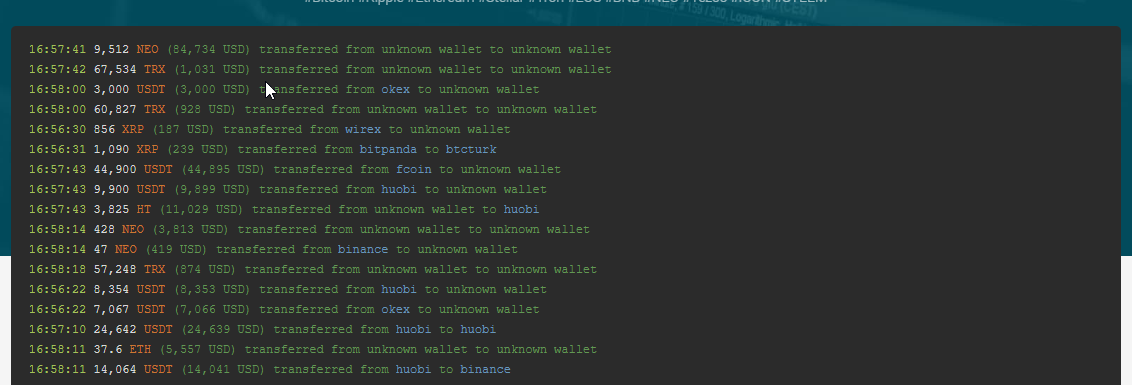Ripple dumps XRP to an escrow account only to put it back in. Whale Alert tweeted that Ripple had moved 1 Billion XRP to escrow only to dump it back again.
Ripple has been infuriating the XRP community by its constant dumping of XRP. Ripple, the largest holder of XRP, claims that it is only using its XRP to buy up companies that will help the network. However, the dumping has been a thorny issue between the community and Ripple.
Ripple was caught by Whale Alert making a large transaction on the network. 1 Billion in XRP, worth approximately 200 million dollars, was moved to an escrow account in two transactions. A few hours later it was transferred back into Ripples’ account in three transactions.
This isn’t the first time that Ripple has executed such enormous transactions. The practice has raised concerns among the XRP community, as some of its members fear that Ripple is dumping XRP and crashing the token’s price.
In August, a Change.org petition entitled “Stop Ripple dumping,” was launched, followed by a more sarcastic petition in September, urging Ripple to increase the dumping of XRP and “unleash the utility!”
The XRP community previously threatened the company’s execs with staging a takeover if they do not start to pay attention to these concerns. However, the company insists that it is selling XRP to invest in firms that could help its ecosystem grow and to fund its own operations.
The community has been vocal about the fact that there has been no correlation between Ripple’s purchase of companies and the increasing value of the XRP. On the contrary, the value has fallen for many consecutive months. XRP has not made a resurgence like the other cryptocurrencies.
Monero hard fork
The Monero (XMR) network has been successfully upgraded to RandomX, a new mining algorithm that aims to be ASIC-resistant.
On Nov. 30, the Monero community workgroup did a live stream on YouTube in which the upgrade took place at around the 58 minute mark. The new upgrade also introduced proof-of-work (PoW) algorithm, RandomX, which uses random code execution together with memory-focussed techniques to be resistant to application-specific integrated circuits (ASIC) — devices optimized for professional mining operations.
The upgrade is also reportedly optimized for general-purpose central processing units (CPU) in order to make the network more decentralized. As a result, those who wish to use graphics processing units (GPU) to mine Monero might find it more difficult to do so.
The Monero team believes that ASIC machines have a centralizing effect as there are only a few companies in the world that are able to manufacture them.
However, others have claimed the exact opposite. Bran Cohen, best known as author of the peer-to-peer (P2P) BitTorrent protocol, recently said that ASIC-resistant PoW is both a pipe dream and a bad idea. Cohen added that it is a much better idea to be ASIC-friendly, because “ASIC resistance just creates more centralization around manufacture when it inevitably fails.”



